Home>Gardening & Outdoor>Outdoor Structures>What Is Awning Fabric
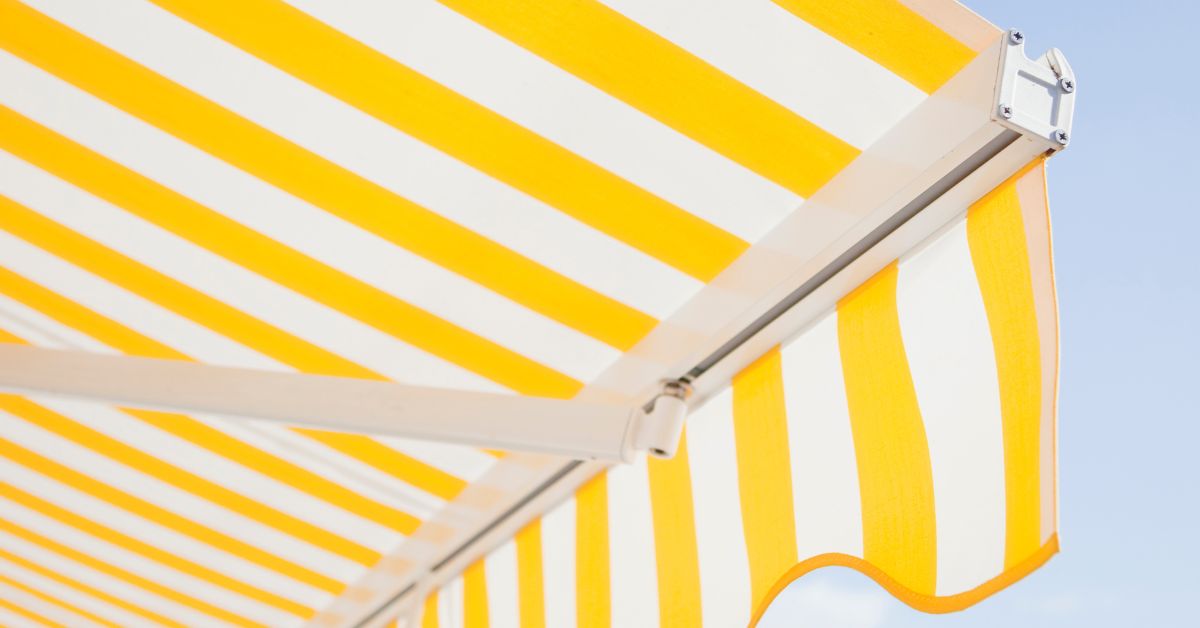

Outdoor Structures
What Is Awning Fabric
Published: January 31, 2024
Learn about the benefits of outdoor-structures and the types of fabric used for awnings. Discover the best materials for durability and weather resistance.
(Many of the links in this article redirect to a specific reviewed product. Your purchase of these products through affiliate links helps to generate commission for Storables.com, at no extra cost. Learn more)
Introduction
Awning fabric is an essential component of outdoor structures, providing shade, protection from the elements, and aesthetic appeal to residential and commercial spaces. Whether adorning a patio, deck, storefront, or restaurant, the choice of awning fabric significantly impacts the functionality, durability, and visual appeal of the structure.
The versatility of awning fabric extends beyond its functional aspects, as it also contributes to the overall design and ambiance of an outdoor space. With a wide array of materials, colors, and patterns available, awning fabric can be customized to complement diverse architectural styles and personal preferences.
Understanding the different types of awning fabric, the factors to consider when selecting the most suitable material, and the proper care and maintenance practices is crucial for anyone looking to invest in outdoor structures that feature awnings. This comprehensive guide aims to shed light on the various aspects of awning fabric, empowering readers to make informed decisions and maximize the benefits of this integral outdoor element.
Key Takeaways:
- Awning fabric comes in various types like Sunbrella, vinyl, polyester, and cotton canvas, each with unique features to suit different needs, climates, and design preferences for outdoor structures.
- When choosing awning fabric, consider factors like weather resistance, durability, aesthetic appeal, maintenance requirements, budget, and environmental impact to ensure it aligns with the specific requirements of the outdoor space.
Read more: How To Clean A Fabric Awning
Types of Awning Fabric
When it comes to selecting awning fabric, there are several options available, each with its unique characteristics and suitability for different applications. Understanding the distinct features of various awning fabrics is essential for making an informed choice that aligns with specific functional and aesthetic requirements.
Sunbrella Fabric
Sunbrella fabric is a popular choice for awnings due to its exceptional durability and resistance to fading, mold, and mildew. This solution-dyed acrylic fabric offers a wide range of colors and patterns, making it versatile for various design preferences. Additionally, Sunbrella fabric provides reliable UV protection, making it ideal for outdoor applications where prolonged sun exposure is a concern.
Vinyl Fabric
Vinyl awning fabric is renowned for its waterproof properties, making it a practical choice for areas prone to frequent rainfall. This material is easy to clean and maintain, offering excellent protection against moisture and mildew. Vinyl fabric is available in a spectrum of colors and patterns, providing options to suit different aesthetic preferences.
Polyester Fabric
Polyester awning fabric is valued for its affordability and versatility. This material is often coated with acrylic or vinyl to enhance its durability and weather resistance. Polyester fabric is available in numerous colors and designs, offering a budget-friendly option without compromising on quality and performance.
Read more: How To Replace An Awning Fabric
Cotton Canvas Fabric
Cotton canvas has been a traditional choice for awning fabric, prized for its natural, breathable properties. While it may require more maintenance compared to synthetic fabrics, cotton canvas offers a classic, timeless appeal and is environmentally friendly. This fabric is available in a range of earthy tones, adding a rustic charm to outdoor spaces.
Each type of awning fabric has its own set of advantages and considerations, and the selection should be based on factors such as climate, intended use, maintenance preferences, and aesthetic preferences. By understanding the characteristics of different awning fabrics, individuals can make informed decisions that align with their specific needs and preferences.
Factors to Consider When Choosing Awning Fabric
When selecting awning fabric for outdoor structures, several crucial factors should be taken into account to ensure that the chosen material meets the functional, aesthetic, and environmental requirements of the intended application.
Weather Resistance
One of the primary considerations when choosing awning fabric is its ability to withstand the prevailing weather conditions. In regions with intense sunlight, UV resistance is crucial to prevent color fading and material degradation. For areas prone to heavy rainfall, waterproof or water-resistant fabrics are essential to maintain protection and longevity.
Durability
The durability of the awning fabric is a key consideration, especially for structures exposed to outdoor elements. High-quality fabrics that resist tearing, fraying, and abrasion ensure longevity and reliable performance over time. Additionally, selecting fabric with mold and mildew resistance properties contributes to its durability in humid or damp environments.
Aesthetic Appeal
The visual impact of awning fabric plays a significant role in enhancing the overall appeal of outdoor spaces. Choosing a fabric that complements the architectural style, color scheme, and ambiance of the surroundings is essential for creating a cohesive and visually appealing outdoor environment. Consideration should also be given to how the fabric color and pattern may change in different lighting conditions.
Maintenance Requirements
Understanding the maintenance needs of awning fabric is crucial for ensuring its long-term performance and aesthetics. Some fabrics may require regular cleaning and maintenance to preserve their appearance and functionality, while others offer easy-care properties that suit low-maintenance applications.
Budget and Long-Term Value
The initial cost and long-term value of the awning fabric should be evaluated in relation to its durability, lifespan, and maintenance requirements. While high-performance fabrics may involve a higher initial investment, their longevity and minimal maintenance needs can result in greater cost-effectiveness over time.
Environmental Impact
For environmentally conscious consumers, considering the sustainability and eco-friendliness of awning fabric is important. Some materials may be manufactured using eco-friendly processes or be recyclable, aligning with sustainable practices and reducing environmental impact.
By carefully considering these factors, individuals can make informed decisions when choosing awning fabric, ensuring that the selected material aligns with the specific requirements and priorities of the outdoor structure and its surroundings.
Read more: How To Replace Dometic Awning Fabric
Care and Maintenance of Awning Fabric
Proper care and maintenance are essential for preserving the appearance, functionality, and longevity of awning fabric. By following recommended practices, individuals can ensure that their awnings remain in optimal condition, providing reliable protection and aesthetic appeal for years to come.
Regular Cleaning
Regular cleaning is vital for preventing the buildup of dirt, debris, and environmental pollutants on awning fabric. Depending on the material and environmental factors, a gentle cleaning routine using a soft-bristled brush, mild soap, and water can effectively remove surface contaminants without compromising the fabric’s integrity.
Stain Removal
In the event of stains or localized soiling, prompt spot cleaning using a mild detergent and water can target specific areas without the need for full fabric cleaning. It is important to use gentle, non-abrasive cleaning solutions and avoid harsh chemicals that may damage or discolor the fabric.
Mildew Prevention
In humid or damp environments, preventing mildew growth is crucial for maintaining awning fabric. Regularly inspecting the fabric for signs of mildew and promptly addressing any issues can help prevent the spread of mildew and preserve the fabric’s appearance and structural integrity.
Read more: How To Change Fabric On A Retractable Awning
Professional Cleaning and Treatment
Periodic professional cleaning and treatment by experienced awning maintenance professionals can rejuvenate awning fabric, remove embedded dirt, and apply protective treatments to enhance its resistance to environmental elements. Professional services can extend the lifespan of the fabric and ensure thorough maintenance beyond routine cleaning.
Proper Storage
During periods of disuse or inclement weather, proper storage of awning fabric can prevent unnecessary exposure to harsh elements and prolong its lifespan. Rolling up or retracting awnings when not in use, especially during adverse weather conditions, can minimize wear and protect the fabric from potential damage.
Inspections and Repairs
Regular inspections of awning fabric for signs of wear, tear, or damage allow for timely repairs and maintenance. Addressing minor issues promptly can prevent them from escalating into more significant problems, preserving the fabric’s structural integrity and appearance.
By adhering to a consistent care and maintenance regimen, individuals can safeguard the quality and performance of their awning fabric, ensuring that it continues to enhance outdoor spaces with its functional and aesthetic benefits.
Conclusion
Awning fabric serves as a versatile and indispensable element in outdoor structures, offering a blend of functionality, aesthetic appeal, and environmental protection. The diverse range of awning fabrics available, including Sunbrella, vinyl, polyester, and cotton canvas, provides options to suit various needs, climates, and design preferences.
When choosing awning fabric, factors such as weather resistance, durability, aesthetic appeal, maintenance requirements, budget considerations, and environmental impact should be carefully evaluated to ensure that the selected material aligns with the specific requirements of the outdoor space.
Proper care and maintenance are pivotal for preserving the quality and longevity of awning fabric. Regular cleaning, stain removal, mildew prevention, professional treatments, proper storage, and timely repairs contribute to maintaining the fabric’s appearance and performance over time.
By understanding the characteristics of different awning fabrics, considering essential factors when making a selection, and adhering to recommended care and maintenance practices, individuals can maximize the benefits of awning fabric, creating inviting, functional, and visually appealing outdoor environments.
Whether adorning residential patios, commercial storefronts, or hospitality venues, awning fabric plays a vital role in enhancing outdoor spaces, providing shade, protection, and aesthetic charm. With informed decisions and conscientious maintenance, awning fabric continues to enrich outdoor experiences, embodying the perfect blend of form and function.
Embracing the versatility and impact of awning fabric empowers individuals to transform outdoor spaces into inviting, comfortable, and visually captivating environments, where the seamless integration of fabric and architecture creates a harmonious outdoor experience for all to enjoy.
Frequently Asked Questions about What Is Awning Fabric
Was this page helpful?
At Storables.com, we guarantee accurate and reliable information. Our content, validated by Expert Board Contributors, is crafted following stringent Editorial Policies. We're committed to providing you with well-researched, expert-backed insights for all your informational needs.
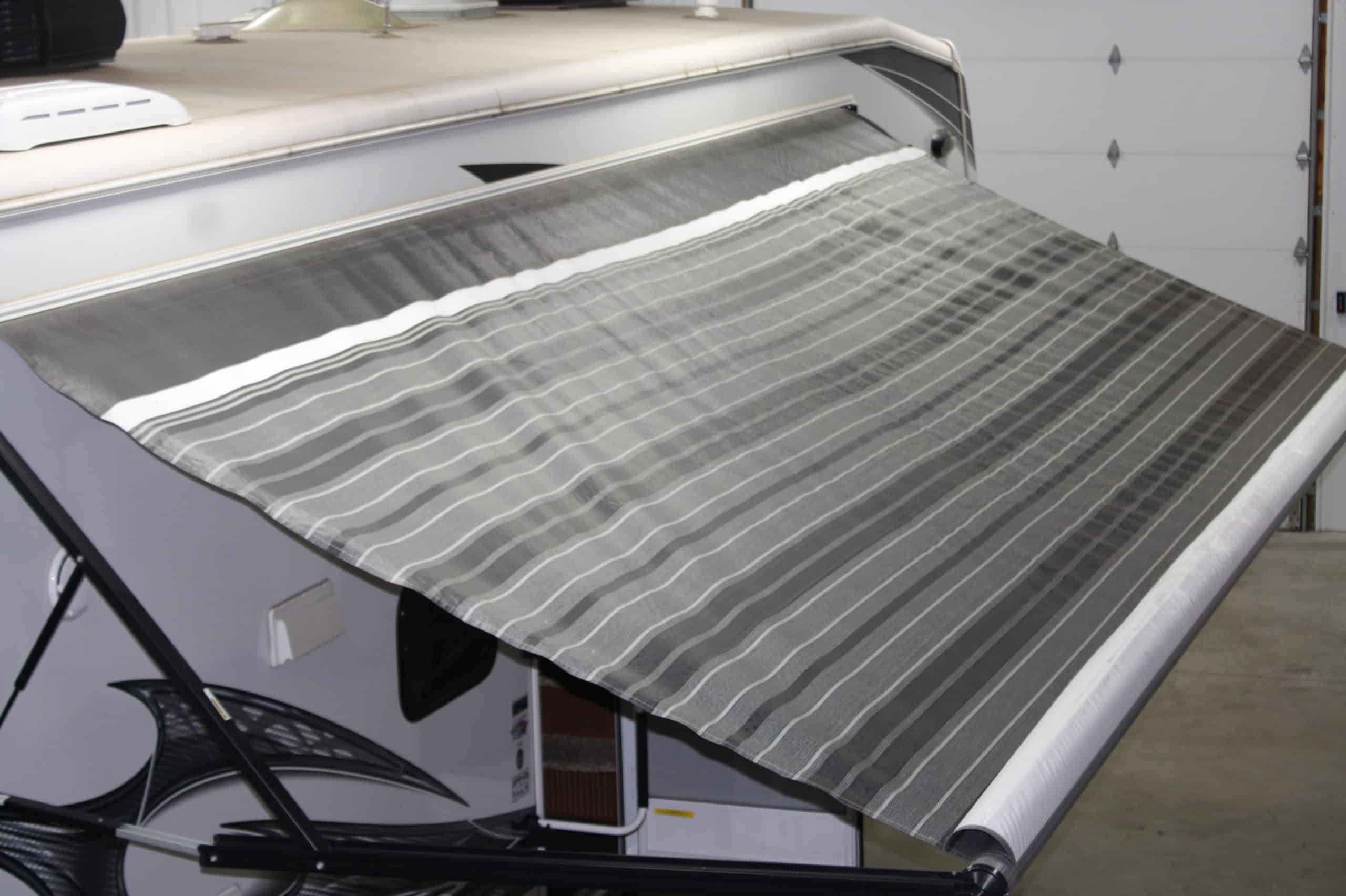
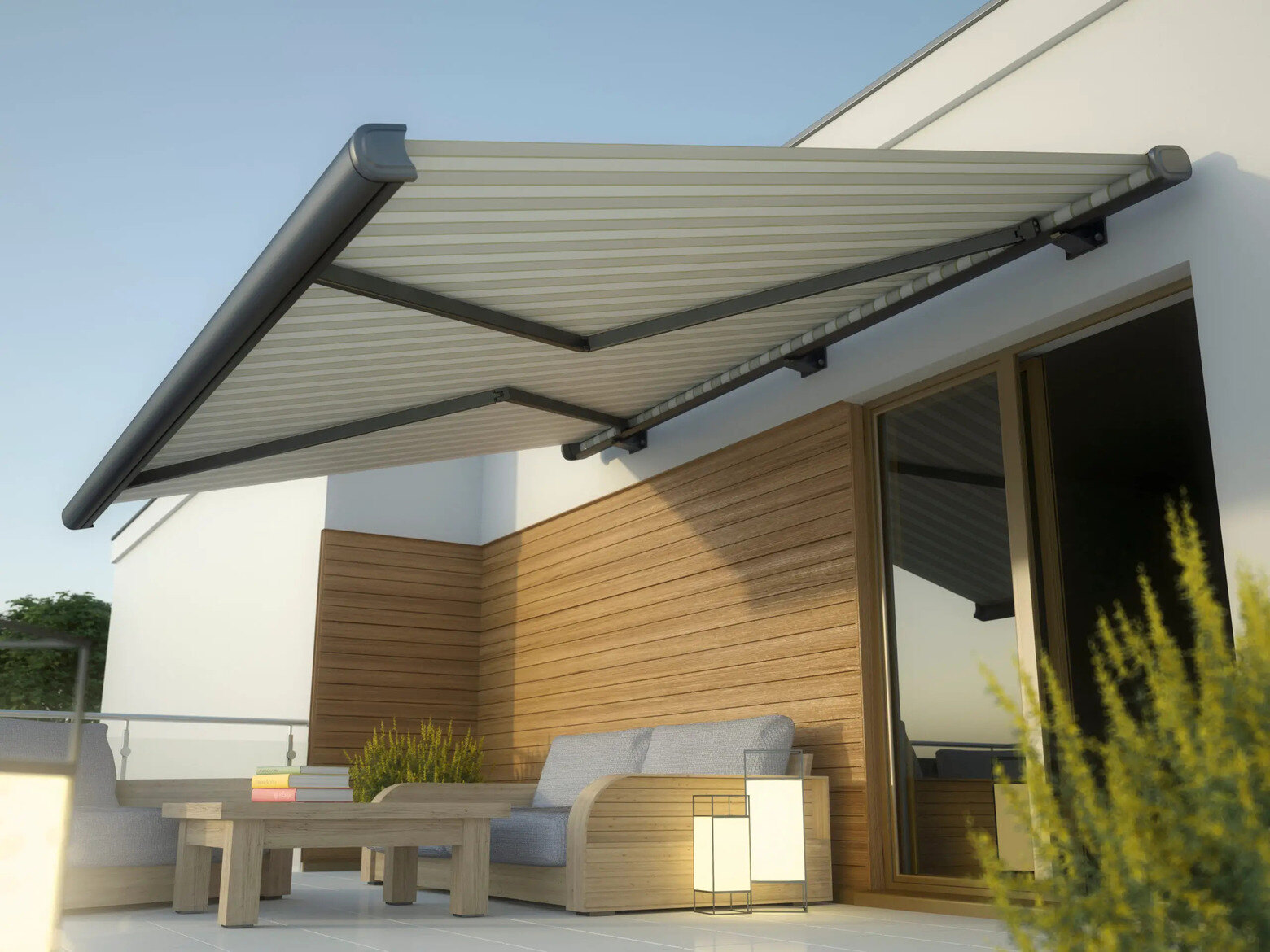
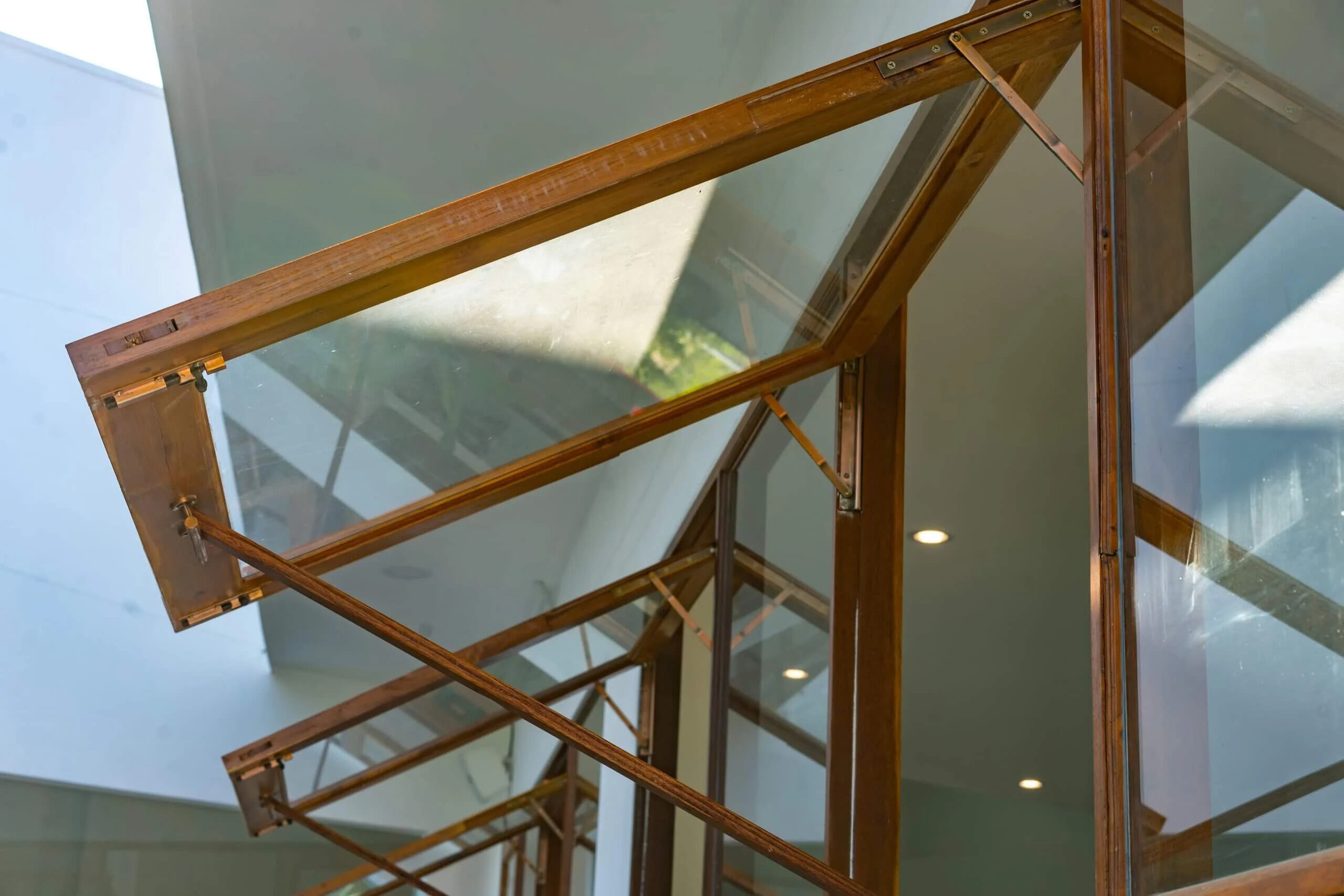
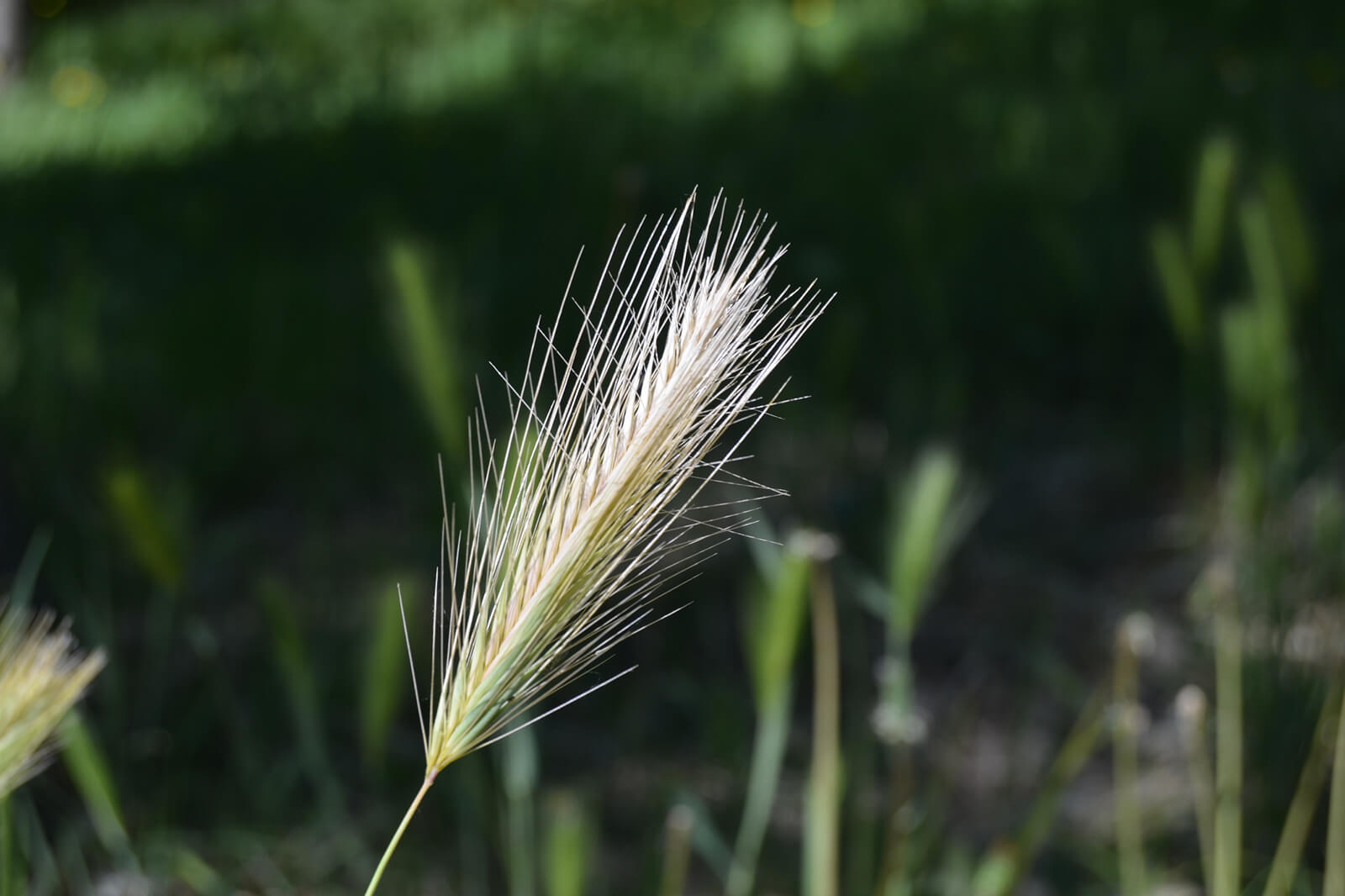
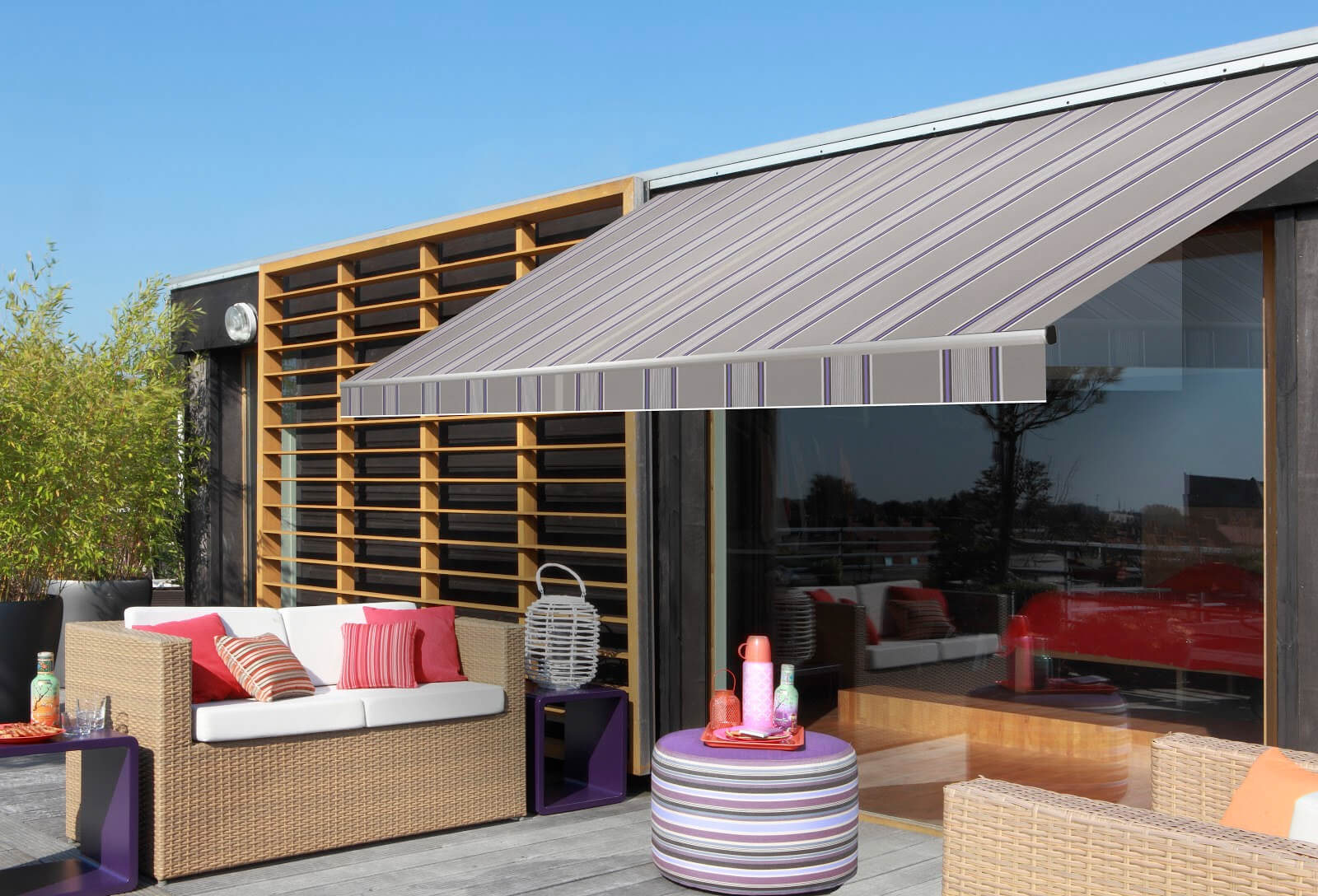
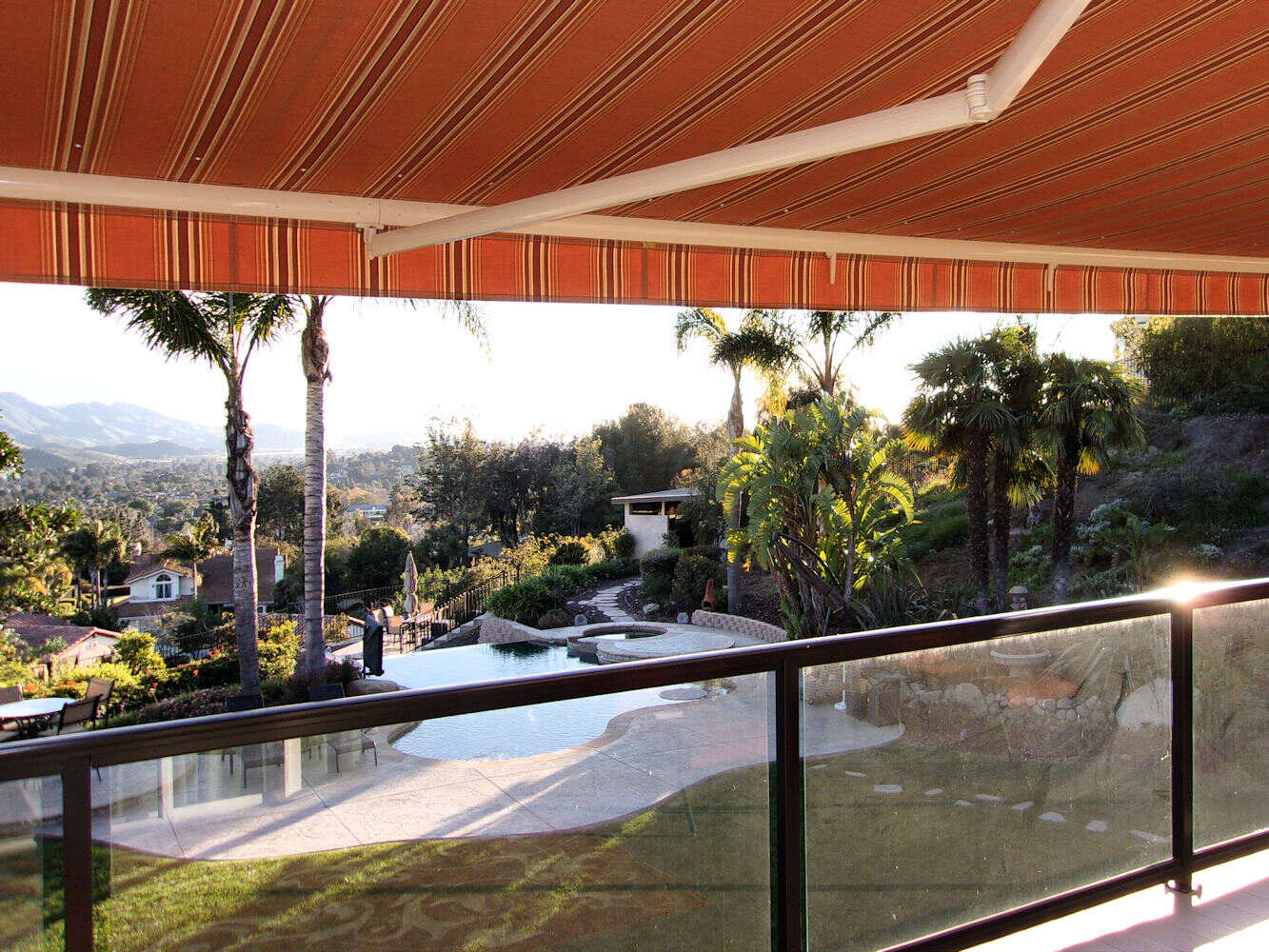
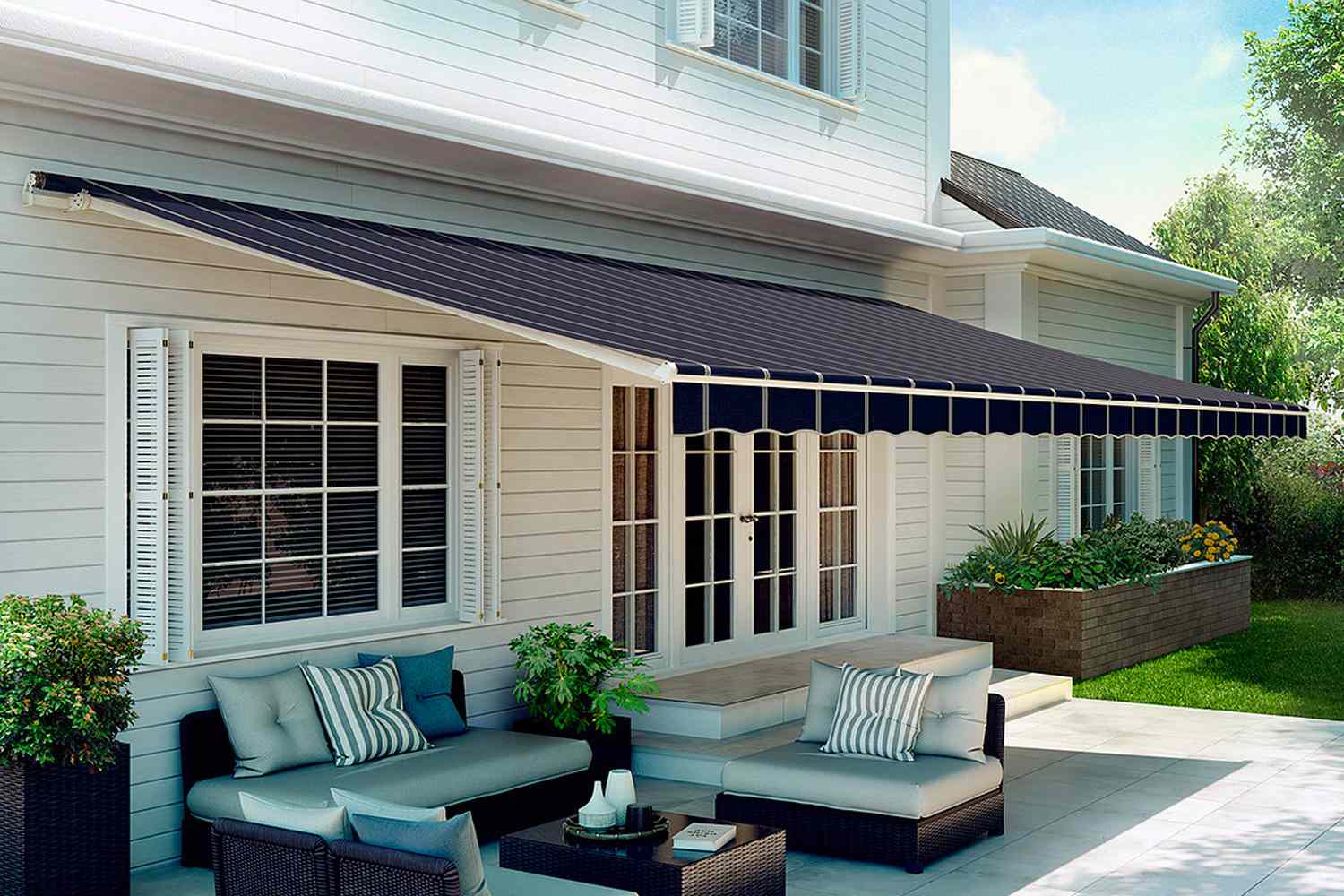
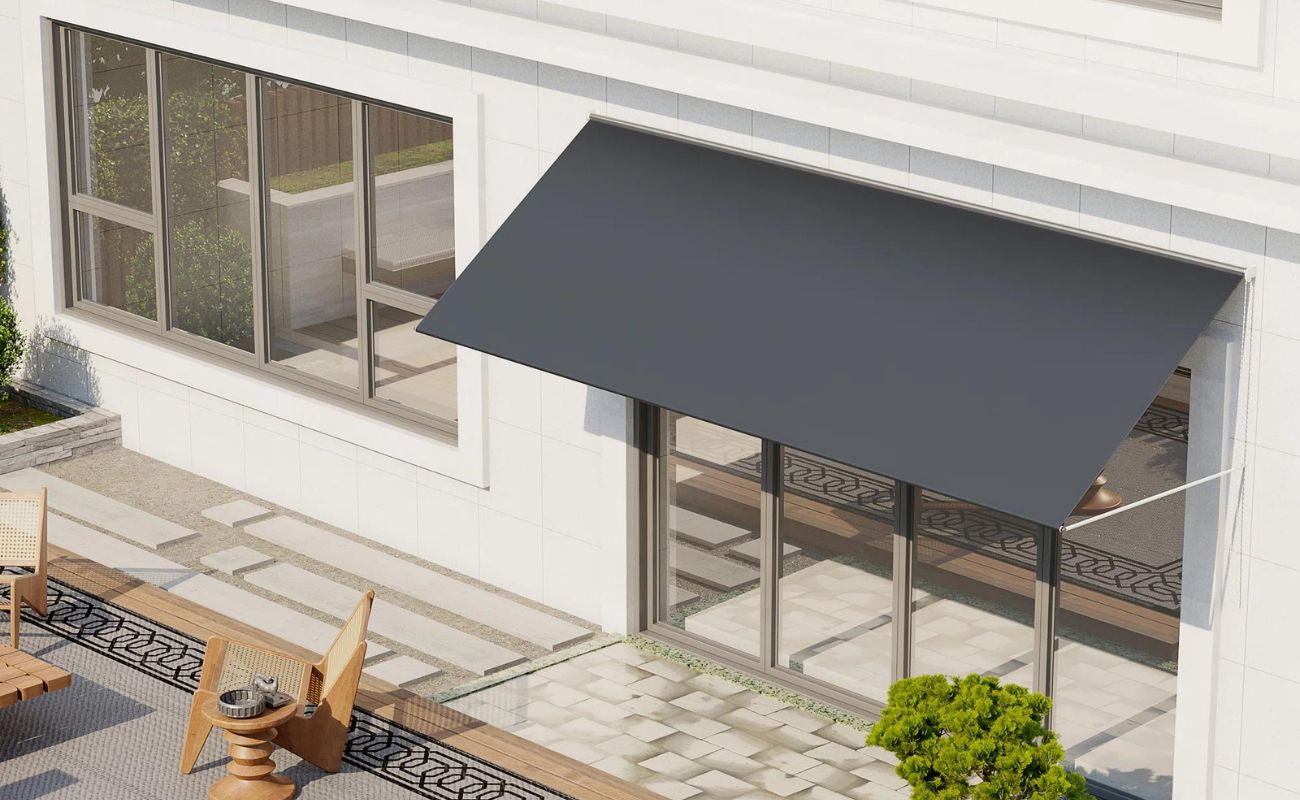
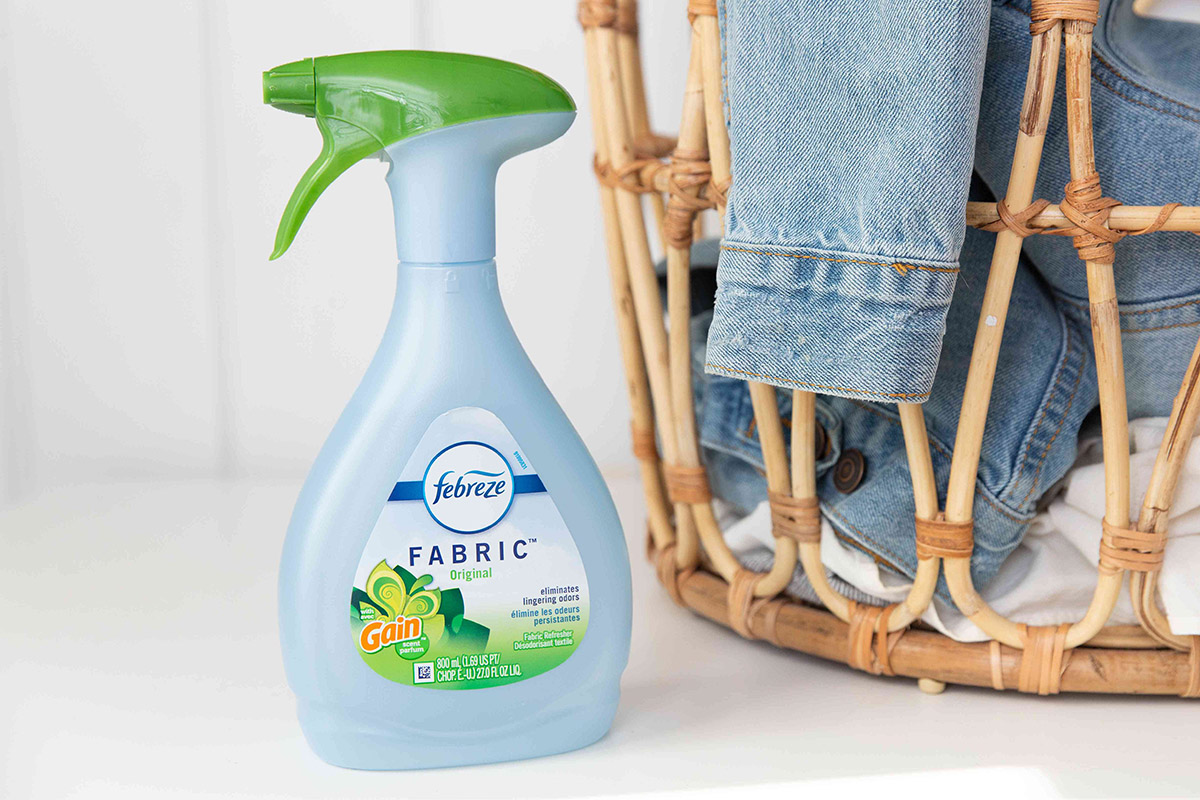
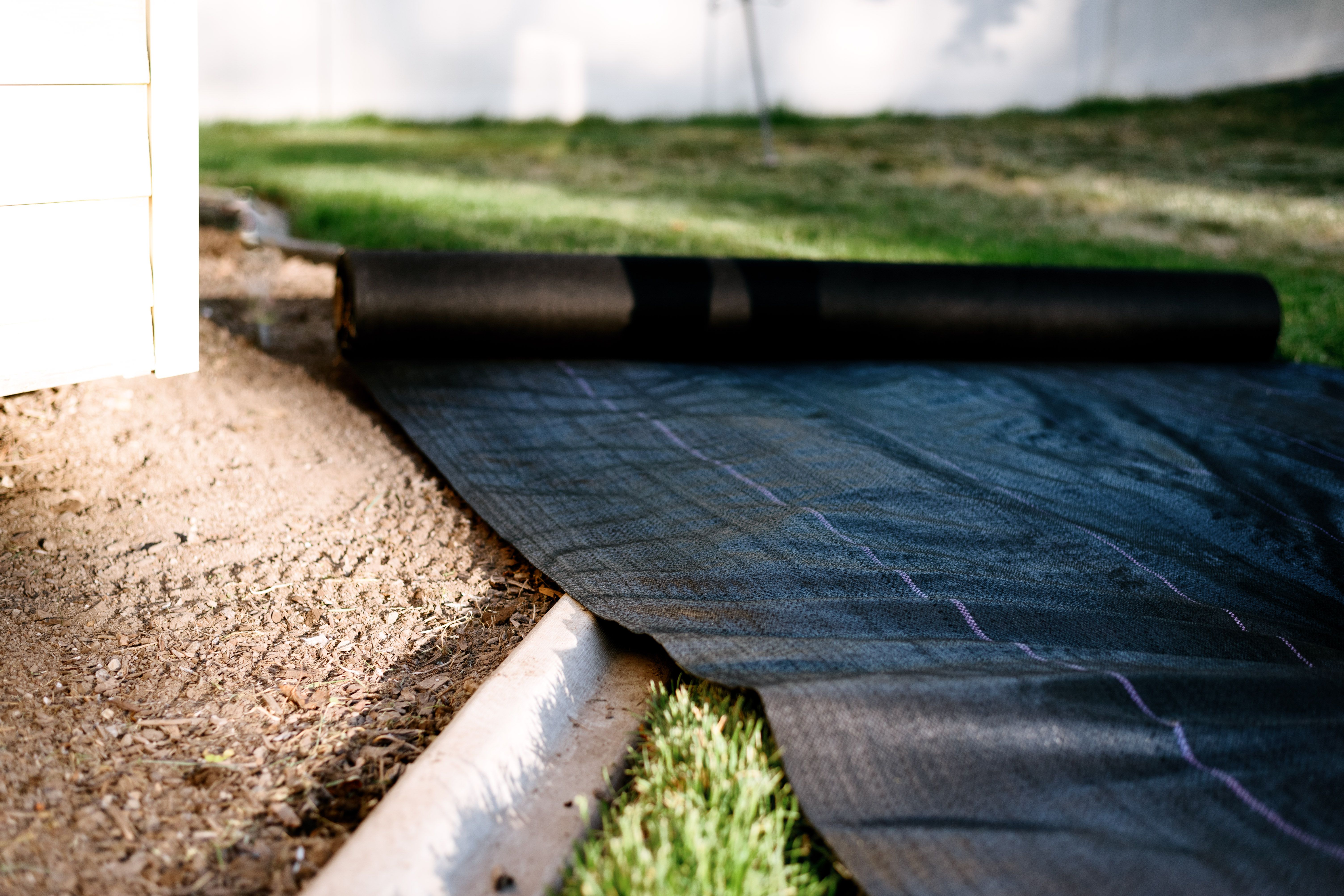
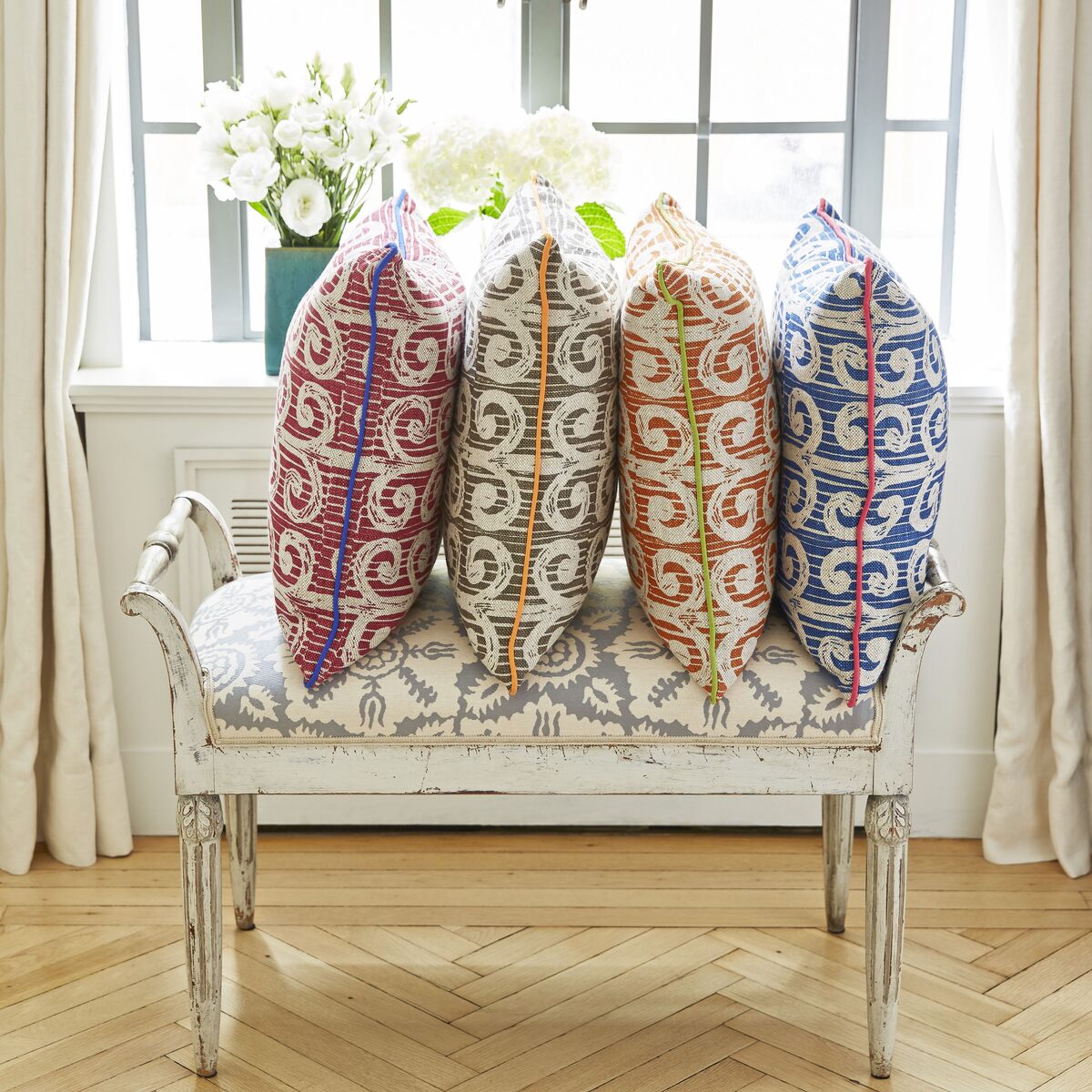

0 thoughts on “What Is Awning Fabric”